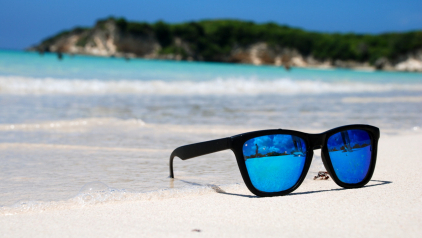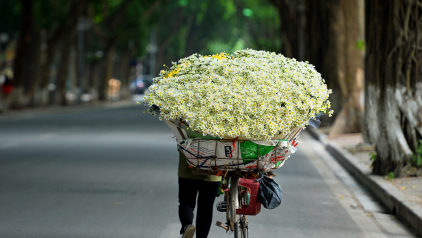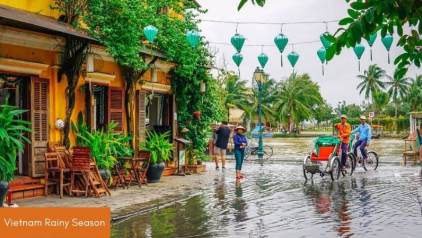Vietnam Monsoon Season: Best Guide to Travel
The climate and weather of Vietnam are strongly influenced by the monsoon. Vietnam monsoon season has a significant impact on the quality of your travel.
Is the monsoon season a good time to visit Vietnam?
Find out about the monsoon season in Vietnam through this article if you are planning to come to Vietnam.
Ready? Let’s GO!
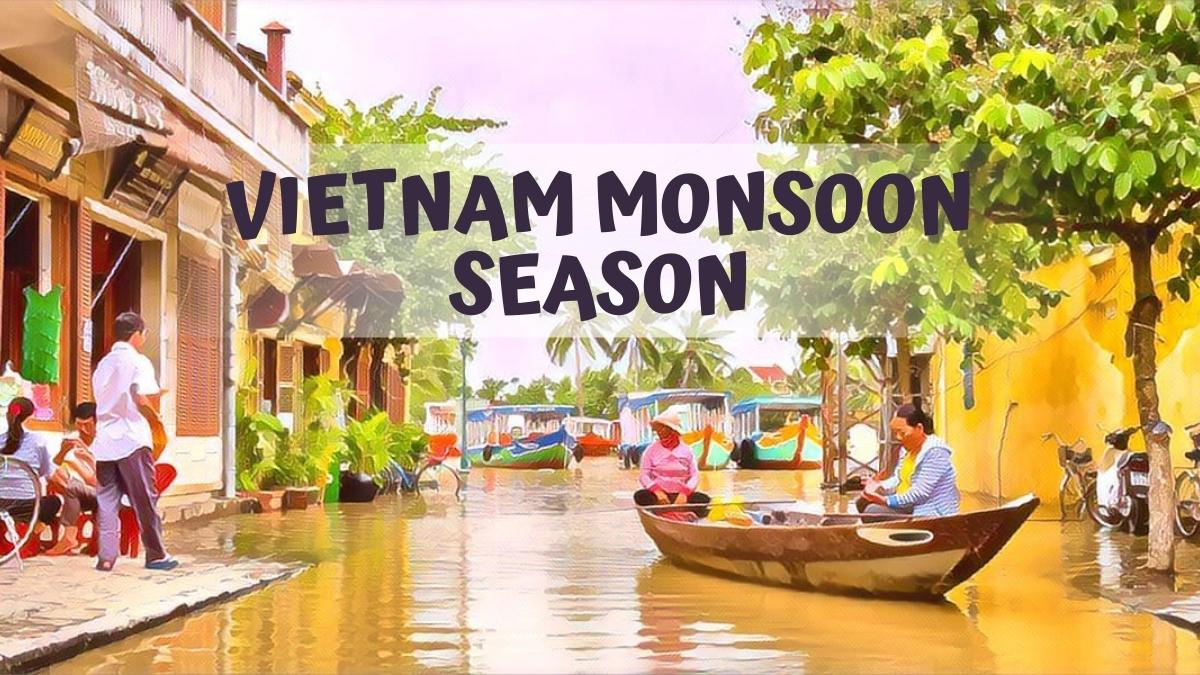
The monsoon season in Vietnam overview
Monsoon is a seasonal change in that the wind changes its direction.
Because Vietnam is located in the humid tropical monsoon region with huge annual rainfall, the whole country is deeply influenced by the monsoon season.
In general, the monsoon season in Vietnam is divided into two distinct wind seasons:
- The summer monsoon (the southwest monsoon) from May to October
- The winter monsoon (the northeast monsoon) from November to April
However, you may know that Vietnam has 3 different regions, and the unique shape of this country makes these regions have distinct weather and climate features.
For anyone who doesn’t know what this country looks like:
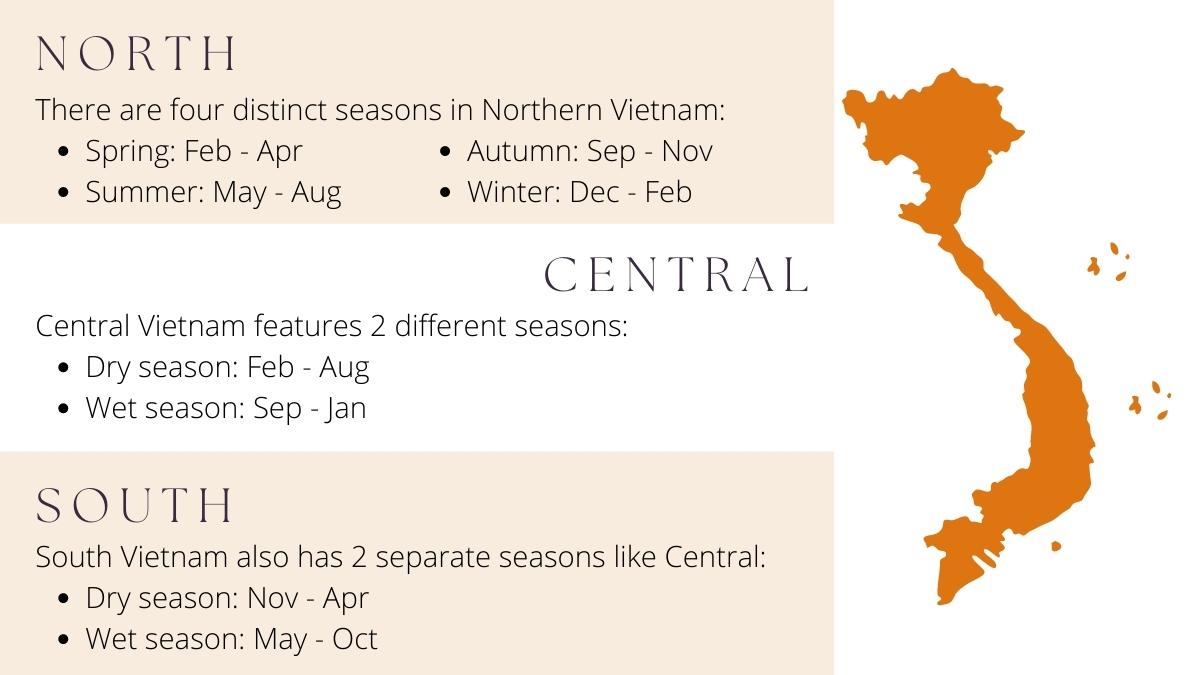
Weather In Each Region Of Vietnam
How is Vietnam's monsoon season?
Due to the differences in climate between the 3 regions, we will get into the detailed weather of each area:
- Northern Vietnam
There are enough 4 separate basic seasons in this part - spring, summer, autumn, and winter.
If you head to the North in spring and autumn, you will experience scattered drizzle and little cold wind with pleasant temperatures from 15°C - 23°C. Highly recommended to visit the area this time.
On the other hand, the atmosphere in the summer will make you uncomfortable and sweat much due to its hot and humid (average temperature of 35°C), while the winter features a freezing vibe with temperatures ranging from 5°C - 10°C.
- Central Vietnam
Unlike the North, this region only has 2 seasons: wet and dry.
In the summer, Central Vietnam is the hottest region in Vietnam, with temperatures up to 42°C, and the last months of the year are the rainy season with a cooler atmosphere.
If you are a citizen living in a cold country, it’s quite tough to survive under these harsh conditions of the summer.
As a result, we strongly suggest that you should visit this region from February to May - this is when the weather is sunny and dry, not too hot.
- South Vietnam
The northeast monsoon does not influence the South of Vietnam, so it has only two separate seasons: the dry season and the rainy season.
Yet, the temperature in Southern Vietnam does not change too much, they always vary from 25°C to 35°C.
Should you travel to Vietnam during the monsoon season?
Each region is impacted differently by the Vietnam monsoon season.
Therefore, one region can be positively affected, and the other region can also be negatively influenced.
Let’s choose the best time to visit Vietnam, depending on which regions of Vietnam you would like to visit.
Northern Vietnam
Main destinations for tourists:
-
- Hanoi, Ha Long Bay
- Moc Chau (Son La)
- Sapa (Lao Cai), Mu Cang Chai (Yen Bai)
- Mau Son (Lang Son)
From April to October, the weather and climate will be hot and rainy, with the average humidity above 80% in these locations.
The wet months and the largest rainfall are July and August. Flash floods and hail occur in many places (Lai Chau, Yen Bai). You can’t join any outdoor activity in the rain, so avoid this time traveling.
Some places in the northern mountainous region of Vietnam also have heavy mists, which leads to poor vision (Sa Pa, Moc Chau). However, the landscapes are so dreamlike and picturesque that you will want to go sightseeing. Just try and you won’t regret it!
And from December to January, the winter will be cold and dry, sometimes with drizzle.
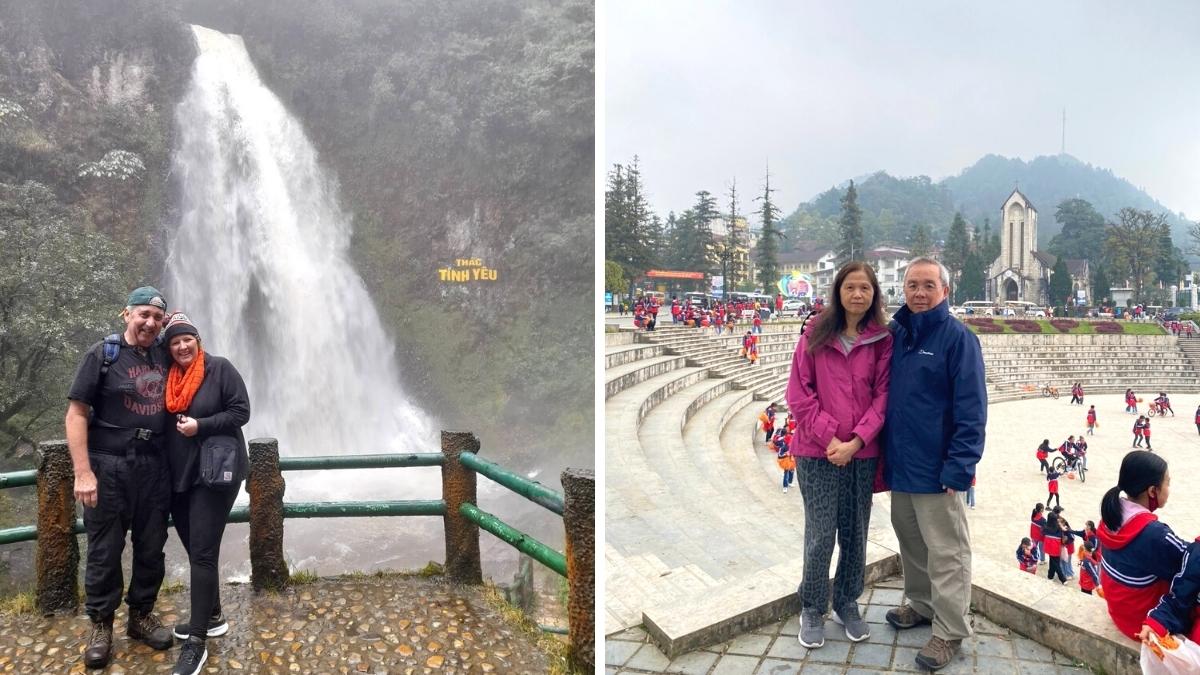
Sapa - A Worth-visiting Spot In North Vietnam
Central Vietnam and Central Highlands
Main destinations for tourists:
-
- Phong Nha - Ke Bang Cave (Quang Binh)
- Da Nang, Hue, Nha Trang, Hoi An, and Da Lat
From April to September, the Central Region experiences a dry season with quite hot summers, less rainfall, and more moisture than other areas.
However, in the winter, the Central region begins to enter the storm and flood season. This area is the hardest hit by the typhoon season in the Western Pacific. Avoid October to December unless you love heavy storms and floods.
- Hoi An is a place often flooded with water this time. The buildings of Hoi An are also somewhat destroyed.
- The closer you get to southern Vietnam (from Nha Trang), the less precipitation and more sunshine.
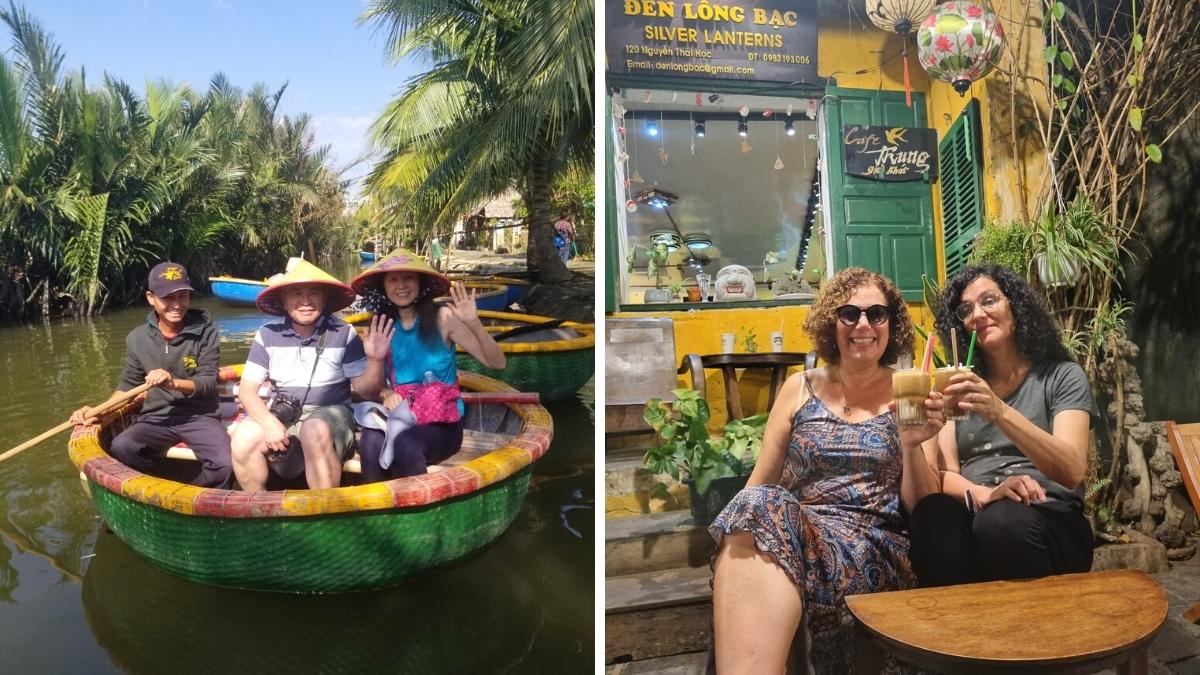
Hoi An - A Charming Ancient Town Of Central Vietnam
Southern Vietnam
Main destinations for tourists:
-
- Ho Chi Minh City
- Mekong Delta
- Phu Quoc
- Ba Ria - Vung Tau
In the dry season from November to March, there are some destinations that you will want to explore during this monsoon season in Vietnam. For example, the Mekong Delta is a good destination, which enables you to enjoy a boat tour along numerous small canals.
The rainy season starts in May and ends in October. This is the result of the southwest monsoon. Summers are sweltering with high humidity, which may cause discomfort. At this time, Ho Chi Minh City is often flooded, and the waters are very intense with high winds (Phu Quoc, Vung Tau).
After the rainy season is the flooding season (from September to December), the time you should avoid traveling to the South since you can’t do anything except stay in your hotel.

Explore Ho Chi Minh City In Dry Season
Things to prepare to travel in Vietnam during monsoon season
In hot summer with heavy rains
- Bring sunscreen, a hat (or an umbrella), and clean water from motels (or hotels). Just to prevent heatstroke and rain from ruining your trip.
- Wear loose-fitting, sweat-absorbing, and dry-material clothing. First, it’s comfortable if you’re in a tropical area. Second, it will help you prevent catching a cold.
- Prepare a pair of waterproof shoes to go on wet rainy days. Many people suggest bringing sandals and flip-flops, but letting your feet soak in the rainwater will not be a comfortable experience.
- ALWAYS have bug repellent - the humid and hot weather is the ideal condition for bugs and mosquitoes. Also, don’t forget Cortisone Cream or Anti-Itch Medicine to combat bug bites, just in case.
In the cold winter with a dry atmosphere
- Make sure to wear a jacket, gloves, wool cap, and socks to keep your body warm. If you aren’t good at bearing cold, thermal wears are your savior.
- The climate is cold and dry, so your skin is very easy to dry and discomfort. Apply lotion regularly is the one and only solution here.
Monsoon season in Vietnam can affect the quality of your trip. However, it will leave you with many memorable memories of Vietnam.
We recommend you visit Vietnam during the Lunar New Year because it is not too hot, the drizzle is mild in some places, and the sun does not burn your skin.
See our best Vietnam Tours here and get support from our professional travel consultants to plan your dream trip!
BestPrice Travel
Image source: Internet







